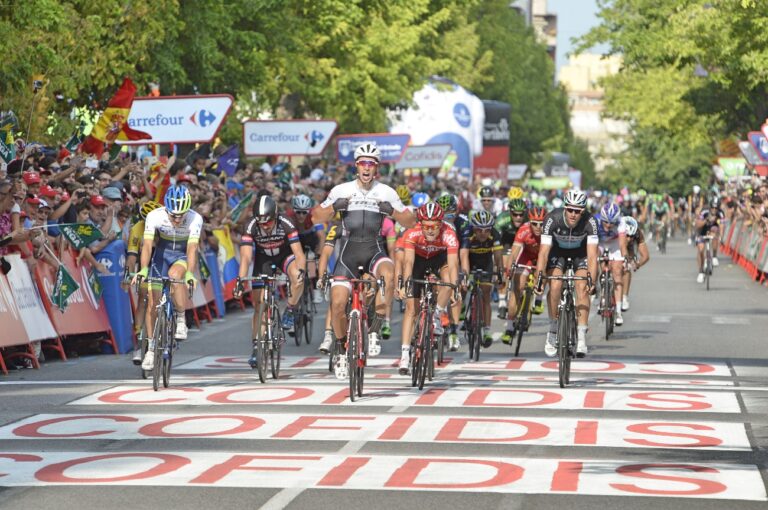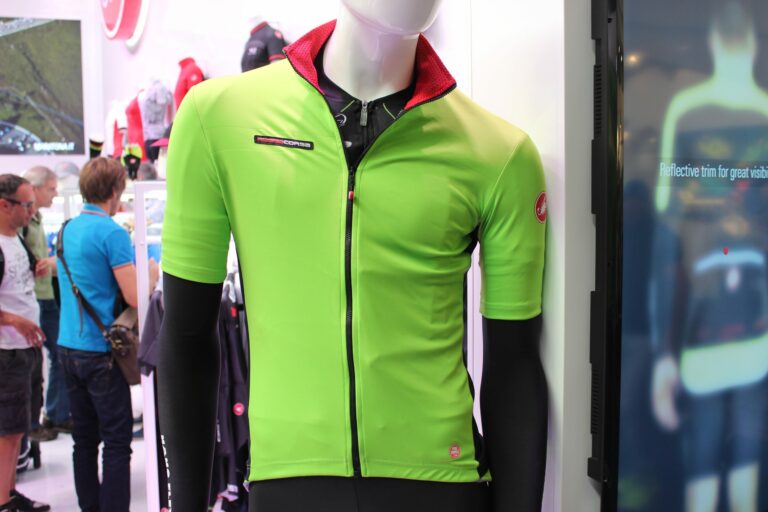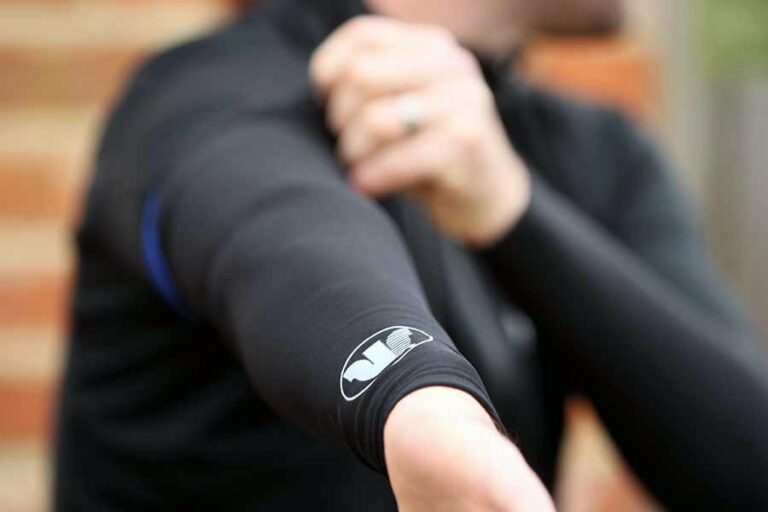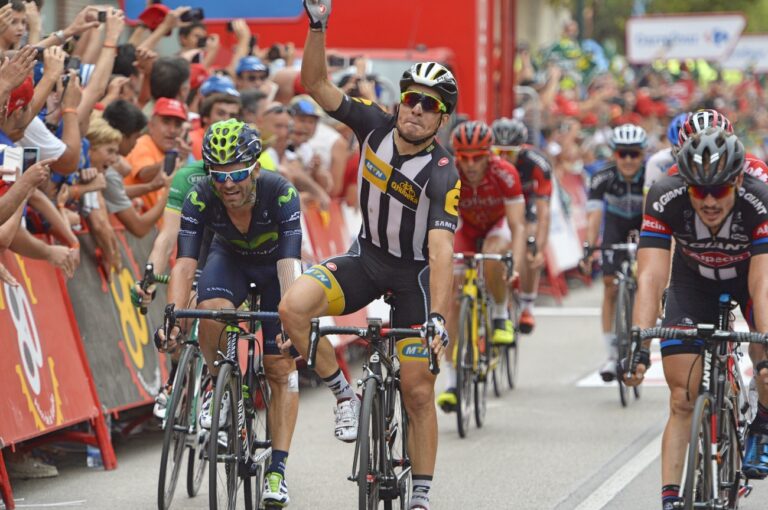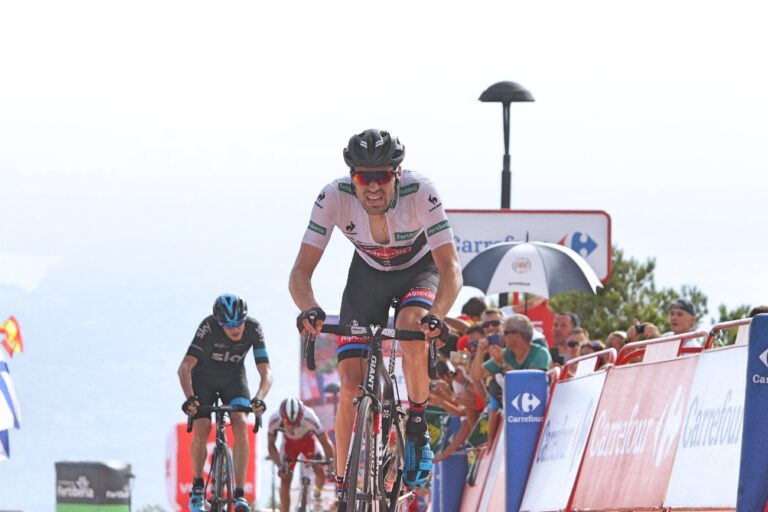It’s common for cyclists to tuck into a big bowl of pasta in the build-up to a sportive or race and most riders known it can be beneficial to top-up your carbohydrate stores before a significant event.
This is known as carb loading – a term that has been bandied around endurance sports for a number of decades and is seen by many as an excuse to over indulge and dive in to a big meal.
However, carb loading involves more than simply having an extra bowl of pasta and requires a little careful planning if you are to take advantage of the benefits without feeling bloated or sluggish.
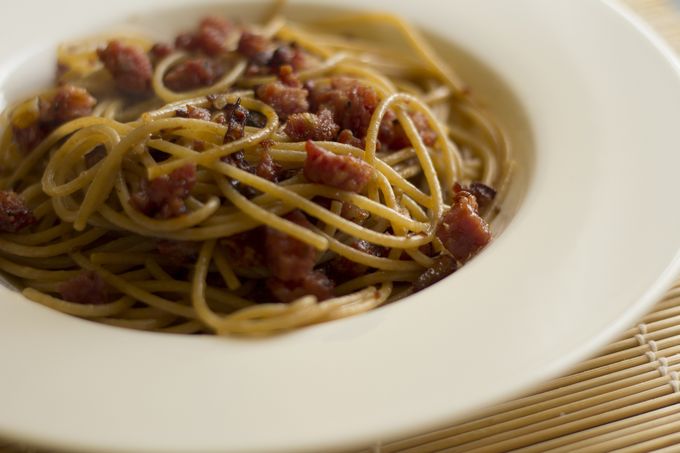
What is carb loading?
The purpose of carb loading is to maximise stores of your muscles’ primary energy store, glycogen. Your body can also draw energy from your fat reserves, but glycogen is the most easily accessible source, particularly when you’re riding hard.
You can comfortably process around 60g of carbohydrate per hour (that’s why 60g is often used as a guideline for how much carbohydrate you should consume per hour during a big ride), which equates to approximately 240kcal. As cycling for the same amount of time will need about roughly 400kcal, your next source of fuel is muscle glycogen.
The idea, then, is that by boosting the amount of glycogen you have stored in the build-up to a major event, you’ll boost the amount of fuel available to your muscles. It may not help you ride faster, but it will give you a bigger store of energy to initially draw upon (before you need to top up your supplies) and by increasing stores of glycogen, it’s estimated that endurance performance can be boosted by 2-3 per cent.
When should I carb load?
Our muscles will naturally hold enough energy to fuel us for around 90 minutes of exercise, after which you risk running out or energy – hitting the wall or ‘bonking’. That’s why during a long ride you need to keep your energy reserves topped up with food, gels and bars. However, you only need to consider carb loading if your target event is longer than 90 minutes, and even then you may only want to consider altering your diet if you are targeting a significant ride in your diary.
The process of fueling should start around 48 hours before the start of your ride, with a slow build-up to ensure that you don’t become bloated and sluggish.
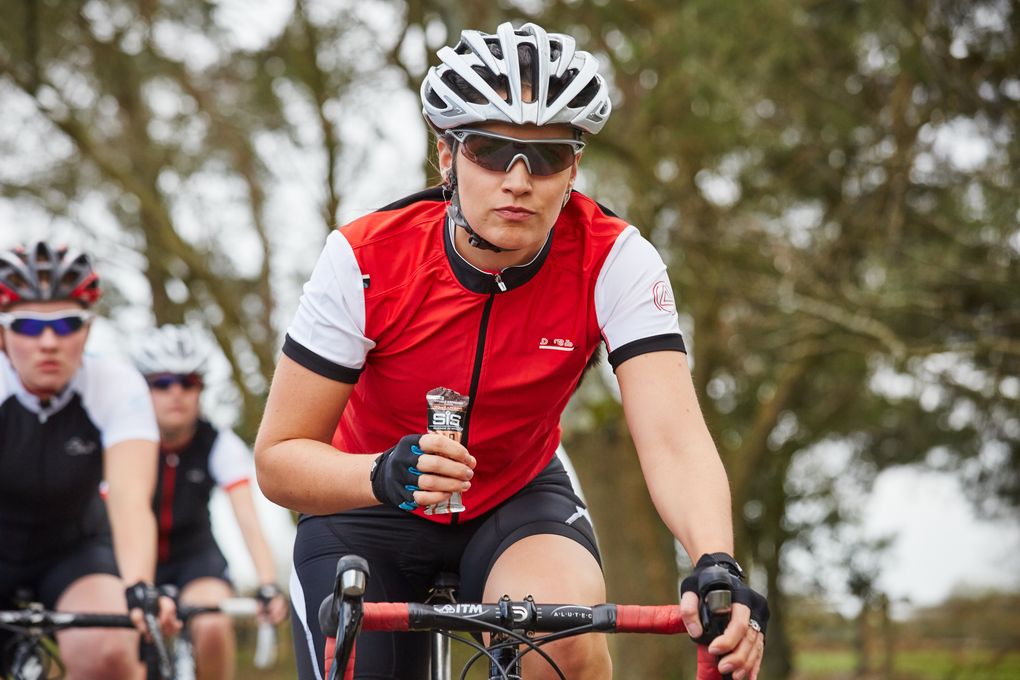
How do I carb load?
Having a long event coming up isn’t an excuse to reach for the biscuit tin. Fat content should be kept to a minimum in order to keep gut residue low, and low fibre is also desirable – you don’t want to be looking for a toilet halfway through your ride.
The idea behind carb loading is to increase the proportion of carbohydrate in your diet. A regular day-to-day diet should contain around 5-7g of carbohydrate per kilo of body mass for those moderately active (i.e. three hours plus of exercise a week), while for sedentary people this should go down to 3-5g. When carb loading for an endurance event this increases to 10g per kilo of body mass.
With that in mind, a typical diet for a 70kg rider aiming to carb load should look like this for the 48 hours before the event.
Breakfast
Three cups of low-fibre breakfast cereal with milk, one medium banana and 250ml of orange juice
Snack
One toasted muffin with honey and 500ml sports drink
Lunch
Two sandwiches (four slices of bread) with filling as desired and 200g tub
low-fat fruit yoghurt
Snack
Banana smoothie made with low-fat milk, banana and honey cereal bar
Dinner
One cup of pasta sauce with two cups of cooked pasta, two slices of garlic bread and two glasses of cordial
Late snack
Toasted bagel with jam and 500ml sports drink
For those unable to eat bread and pasta, try swapping for oat flapjacks, wraps or rice. You need high GI carbs (those which are broken down quickly by your body and cause a quick increase in blood glucose) to create a high glyceamic load, so reach for white carb sources (like white pasta and rice) and not wholegrain ones as much as normal. This drives the insulin response which in turn drives the glycogen storage into the muscles and liver. If the volume of food above seems a lot, then energy drinks can be used to add carbohydrates without the need to eat.
Why can’t I always eat like this?
Eating and refueling in this manner is likely to cause body mass to increase by around 2kg. For every extra gram of glycogen stored, the body will also store 2g of water. This maybe a concern for some, and is something to be avoided away from events, but the negatives of setting off slightly heavier are far outweighed by the potential performance benefits. After all, your body is essentially storing the extra energy to fuel your ride.
Emma Barraclough is the Senior Sports Nutritionist for Science in Sport, for more information visit www.scienceinsport.com

